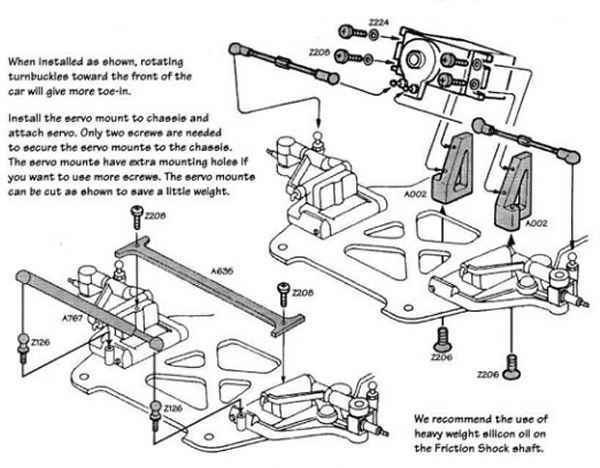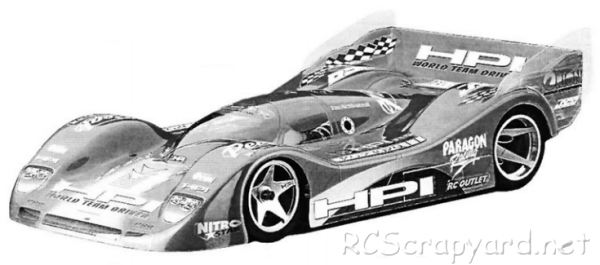

|


|
|
1/10 Scale Electric Racing Car:
HPI Road Star 10GW - # 102 (Radio Controlled Model Review)History and Info:
Introduced by HPI in 1996, the Road Star 10GW - # 102 - is a pro-level racing kit, based on the car used at the 1996-97 IFMAR World Championships by the HPI Factory Team. The kit is of the bare chassis, requiring a Motor, ESC, Battery, Charger, Radio System and Bodyshell to complete. Note: at the time it was released, only the HPI NPT 92 body (# 7002) would fit the Road Star 10GW.
▼ Scroll Down for More Images ▼
|








|
|
|

★ HPI Road Star 10GW - # 102 Chassis ★

★ HPI NPT 92 bodyshell - # 7002 ★

|
Buying a Used HPI Road Star 10GW
|
|
Manufacturers and Brands Catalogued and Listed by RC-Scrapyard.
At present, the RC Model Manufacturers, Brands and Distributors covered by us are: ABC Hobby, Academy, Acme Racing, Agama Racing, Amewi, Ansmann Racing, ARRMA, Team Associated, Atomic RC, Axial, AYK, Bolink, BSD Racing, Capricorn, Carisma, Carson, Caster Racing, Cen, Corally, Custom Works, Durango, Duratrax, ECX - Electrix, Exceed RC, FG Modellsport, FS-Racing, FTX, Fujimi, Gmade, GS-Racing, Harm, HBX, Helion, Heng Long, Himoto Racing, Hirobo, Hitari, Hobao, Hong-Nor, Hot Bodies, HPI, HSP, Intech, Integy, Jamara, JQ Products, Kawada, Kyosho, Losi, LRP, Maisto, Mardave, Marui, Maverick, MCD Racing, Megatech, Mugen, New Bright, Nichimo, Nikko, Nkok, Ofna, Pro-Pulse, Protech, PTI, RC4WD, Redcat Racing, RJ-Speed, Robitronic, Schumacher, Seben, Serpent, Smartech, Sportwerks, Step-Up, Tamiya, Team-C Racing, Team Magic, Thunder Tiger, Tomy, Top Racing, Traxxas, Trinity, Tyco, Vaterra RC, Venom, VRX Racing, WLToys, X-Factory, Xmods, Xpress, Xray, XTM, Yankee RC, Yokomo, ZD Racing and Zipzaps. |
|
Hints, Tips and Information Make your RC Model Ball Bearings Work for You
If you are serious about your racing, looking after your bearings is essential if you are to remain competitive. |
|
Hints, Tips and Information Ball Differentials
Ball differentials were developed in the late 1980s to replace the high friction Gear differentials. Mainly used on Touring Cars, Pan Cars and Formula One Cars, Ball Differentials are designed to be totally frictionless and smooth in action to provide effortless drive to the wheels on cornering, where the inside wheels must rotate slower than the outside wheels for controlled stability.
|
|
RC Models:
|
Radio & Motors: |
Other
Accessories: |